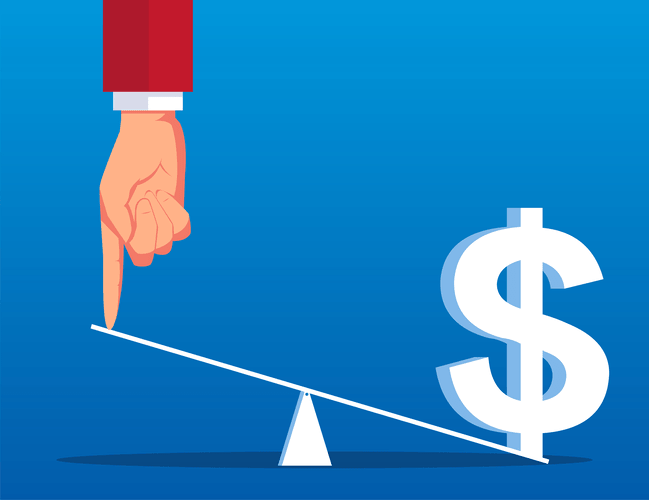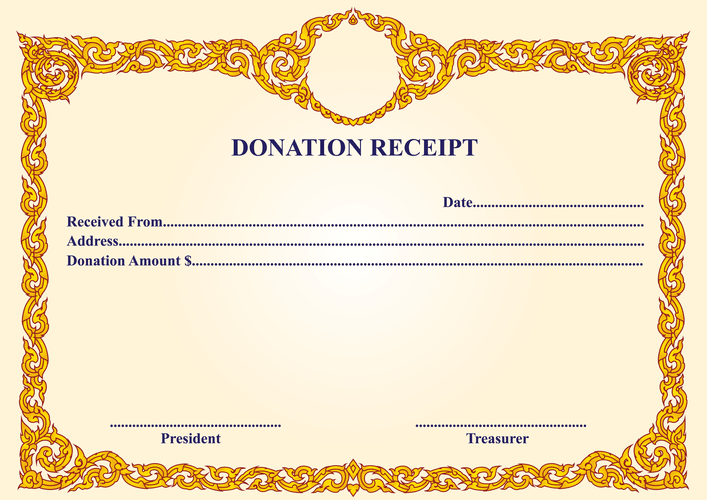
With net 30 payment terms, they know that every on-time payment will be received before the 15th of the month following. If they can time their outgoing payments to be after the 15th, they know they’ll have cash come in before it needs to go out. Understanding these elements helps maintain financial stability and make informed decisions. What’s more, balancing your account can also help you to find and rectify any instances where a merchant has erroneously double-charged you, or billed you the wrong amount for goods or services. Apps can help you track transactions and give you a simple dashboard to use when reconciling your account.
How to balance accounts

Carried down and brought down are often used when the brought down balance is directly below and on the same page as the carried down balance. On the other hand, carried forward and brought forward are often used when the brought forward balance is shown on a new page, such as when the accounts are balanced off at a year end. Add a income summary one sided entry to make the totals on both sides of the account equal To make the totals on both sides equal to 350, a one sided entry of 170 is made on the credit side of the account. This entry is referred to as the balance carried down or balance c/d. Suppose a business operates an accounts receivable account which as usual shows sales invoices to and cash receipts from customers.

Preparing for Reconciliation
- Then we produce the trial balance by listing each closing balance from the ledger accounts as either a debit or a credit balance.
- Prepare cashaccount from the following transactions for the month of January 2018.
- For instance, comparing the balances of Current Assets and Current Liabilities helps calculate the current ratio, a key indicator of liquidity.
- It is essential to conduct an investigation to determine the extent and source of the issue.
Adjust for any differences due to outstanding checks, deposits in transit, bank fees, or errors to attain a reconciled balance. Any accounts that you can deposit or withdraw from will have an account balance available for you to check. When you log into an online banking account, the first thing you will see is your account balance. Account Balance is the amount of funds you have available in a given financial account; such as a checking or savings account. The given balance reflects the net amount available after credits and debits. In the above account receivable ledger, the debit side includes increases https://www.bookstime.com/ in the account balance.
Sources & Recording of Data
- It may benoted that totalling of a ledger account is known as casting.
- Do you want to know exactly how much you have available to spend from your bank account?
- There is no hard and fast rule for when to use the different terminology.
- Making the decision to study can be a big step, which is why you’ll want a trusted University.
- Accurate account balances are also critical for financial reporting and regulatory compliance.
- He has been the CFO or controller of both small and medium sized companies and has run small businesses of his own.
Reconciliation substantiates the accuracy of financial reporting by comparing internal records against external documentation, such as bank statements, to identify and correct any inconsistencies. This includes bank reconciliation for the cash account and ensuring all transactions are posted correctly within the chart of accounts. As financial statements are built upon these underlying balances, the integrity of the reporting process hinges on meticulous reconciliation to prevent balance sheet errors and misstatements. Balancing accounts is a crucial step in formulating financial statements. It is an authentication tool and gives a fair view of all accounting transactions that occurred over a financial year.

This step balancing an account in making the financial statements tells the exact position of a business with respect to its assets, liabilities and other expenses incurred during an accounting year. A trial balance is made to check the mathematical efficiency of all the transactions which have taken place in a financial year and the accuracy of all the ledger accounts made. The Income Statement reflects a company’s financial performance over a specific period. The Balance Sheet, on the other hand, provides a snapshot of the company’s financial position at a point in time, outlining assets, liabilities, and shareholders’ equity.

What is an Account Balance in Accounting?
And if you look in the “bank” account above, “loan” is inserted on the debit side of the T-account on the same date. For example, if a company’s Cash account shows a low balance but Accounts Receivable has a high balance, management may prioritize collections to improve liquidity. Conversely, a high Accounts Payable balance may prompt discussions with suppliers to negotiate extended payment terms. This account provides an individual identity to an entity, allowing them to separate their funds from others. For the bank, this account makes the customer unique and makes transacting with them straightforward. The most crucial of these included the security of the cash resources.
Triple Column Cash Book
We do not include the universe of companies or financial offers that may be available to you. Choose an account type that fits best with your lifestyle or business plan and commit to staying updated on your balance details, transaction history, and growing investment strategies. Remember, we can easily cross-reference between two accounts because of the contra account being used as the description of the transaction. Before going any further, take out a piece of paper and try construct the loan T-account using the journal entries above.

